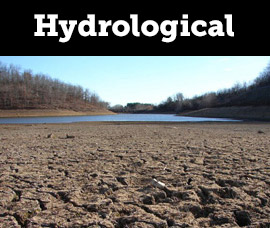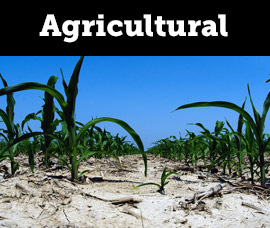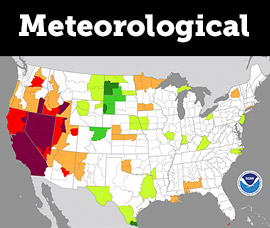What Do You Think?
Great Job! Keep learning about meteorological variables in agriculture.
This type of drought is defined by the lack of precipitation (rain or snowfall) in an area. The decreased amount of precipitation is compared to the typical values that would be seen on monthly, seasonal and annual time scales. This drought is typically the first seen during a drought event.
This type of drought is one that affects agriculture through moisture shortages in the soil. This impacts the root zone of crops, limiting the growth of the plant. It occurs when evaporation and transpiration exceeds typical precipitation values. This type of drought also takes into account soil types, water demands, and soil moisture conditions.
Characterized by below average surface and sub-surface water levels. Areas that are experiencing this type of drought see decreased reservoir, lake and groundwater levels, including decreased water flow in streams. If this drought develops gradually, it may not have adverse outcomes on agriculture, but if rainfall totals remain below normal for an extended period of time it can negatively impact the irrigation and livestock operations.


